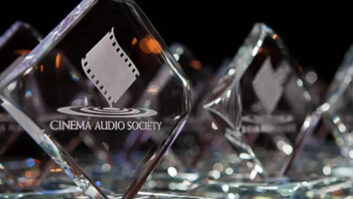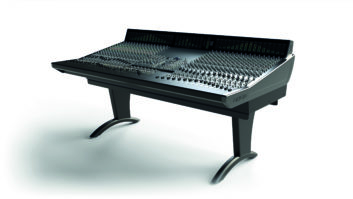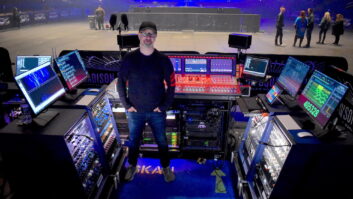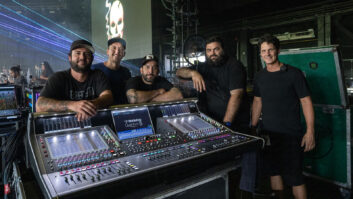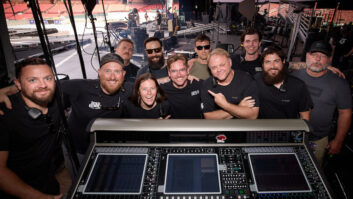Economists have an old joke about defining the difference between a recession and a depression. If someone else gets downsized, sacked, canned or laid off, then the action is simply a bump in the road of a slow economy — a recession. However, if you lose your job or your business fails, then we’re obviously in a depression and the financial world needs to take emergency action — and soon. Whatever your viewpoint, today’s economy definitely ain’t what it used to be — even a year ago — and we’re in the Grinch-like clutches of the “R” word: r-e-c-e-s-s-i-o-n.
In corporate America, layoffs and downsizing are usually accompanied by the tired, old cliche of, “We’ve got to work smarter.” Yet there might be a glimmer of validity in that advice. Previously, no one was actually “working stupider,” but those halcyon days when seemingly any new business venture (dotcom or otherwise) had customers and investors lined up around the block are little more than memories. These days — particularly in the pro audio market — owner/operators find themselves wearing a lot of hats and working harder for more hours to avoid losing market share.
One way to increase your slice of the pie is to increase the visibility of your company. Whether you’re an engineer, producer, studio, sound company or equipment manufacturer, chances are you’d like to tell the world about your creative endeavors. Regardless of the size of your budget (or lack thereof), a well-thought-out PR effort can help get your message out — at minimal cost — and there’s nothing wrong with a little “free press.” Sometimes it’s as simple as studio managers who circle the 15th of each month on their calendars, when they fax or e-mail their session information to Mix‘s Robert Hanson, who coordinates our Coast To Coast section. An angle for manufacturers to consider is creating some news releases for distribution in the press room at audio conventions — i.e., NAMM, NAB, NSCA or this month’s AES in New York.
During the recession — er, slowdown — 10 years ago, a popular catch-phrase was “diversify or die.” Soon, live sound companies were doing more industrials to accompany their rock concerts, and studios expanded into the video duplication business or audio post-production. But with all this diversity, and everybody doing everything, the overall market share soon dwindled.
Perhaps a more appropriate adage for today’s market is “specialize and survive” — finding a niche market where you can thrive. During lean times in my studio, we turned to lucrative voice-over markets, offering package deals producing English-language radio documentaries for the overseas broadcast market and industrial safety-training courses. It wasn’t glamorous, but we got a lot of personal satisfaction from billing $175/hour for a room with a vintage Soundcraft console and an analog 2-track, when nearby studios with big-ticket leases on $400,000 boards were lucky to get half that amount.
Probably one of the biggest growth areas in media right now is DVD authoring. Here’s a huge — and growing — market, and it’s an offshoot where audio plays a major role in the end product, whether for surround mixes of existing product, foreign language dubs, alternative soundtracks (i.e., directors/artists’ comments) and more. Certainly, there is a mother lode of niche markets to be discovered, and by taking some time to identify these, perhaps we can take the “R” out of audio.
See you at AES!
